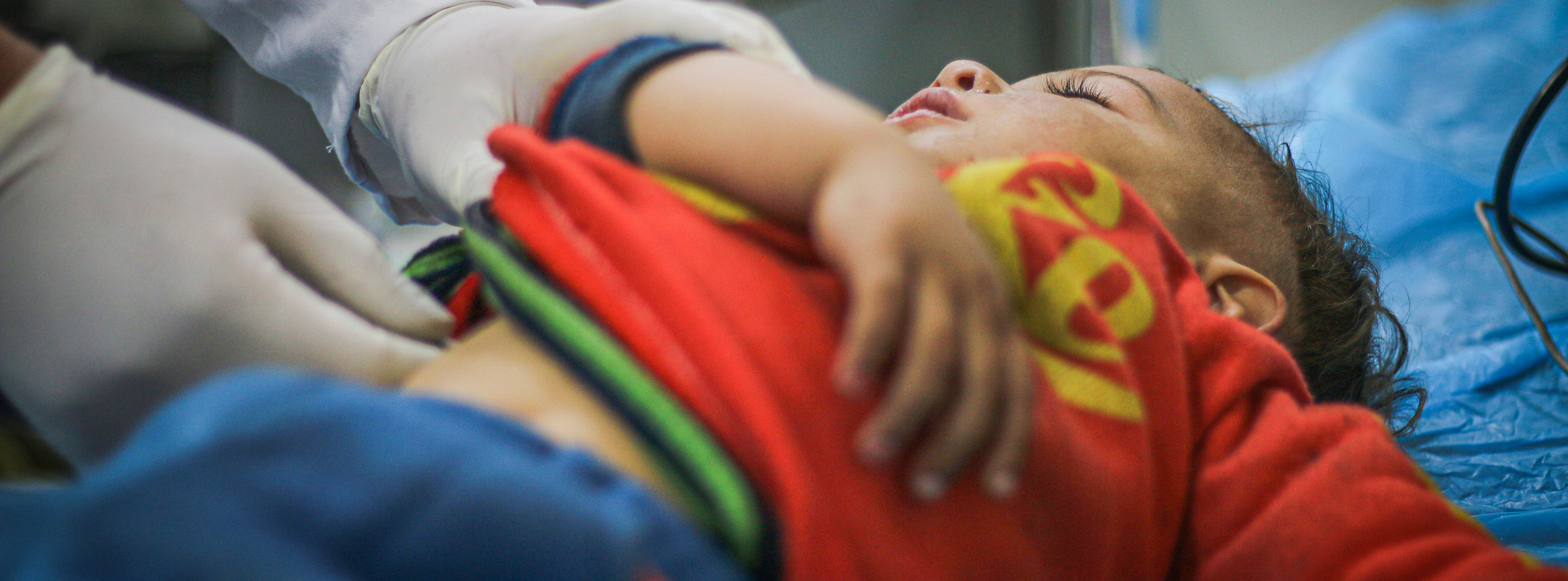|
|

|
*|MC_PREVIEW_TEXT|*
11/04/2025
|
|
IT’S TRAUMA TUESDAY is
a Free Weekly Newsletter
Brought to you by
TCAR
Education Programs
|
|
For nurses and other clinicians
practicing anywhere
along the trauma care
spectrum
|
|
|
|
|
|
Take a quick test of your trauma care
knowledge
|

|

|

|
|
|
|
Article of the Week
Metrics of Shock in Pediatric Trauma Patients
|

|
|
A recent systematic review evaluated the effectiveness of various metrics used to identify shock in pediatric trauma patients. The Shock Index (SI), the Pediatric Age-Adjusted Shock Index (SIPA), and systolic blood pressure (SBP) were compared to assess their ability to predict negative outcomes and the need for advanced interventions. The authors found that the SIPA score was the most reliable tool for identifying severe injuries and predicting resource needs in children with trauma. Incorporating routine SIPA monitoring and TRENDING throughout hospitalization can improve triage accuracy and enable timely, targeted interventions. Click the link to view the article or watch a short AI-generated article summary (7 min 37 sec).
|
|
|
|
Alberto EC, McKenna E, Amberson MJ, et al. Metrics of shock in pediatric trauma patients: A systematic search and review. Injury. 2021;52(10):3166-3172.
|
|
|
|
Trauma Happenings
The Importance of the Seat Belt Sign
|

|
|
The seat belt sign remains an important red flag in trauma care, often pointing to underlying bowel or mesenteric injuries. Although there are no official guidelines, clinical experience indicates a strong connection between injury patterns and seat belt position, with drivers more likely to sustain terminal ileum injuries. Conversely, passengers more frequently experience trauma to the jejunum or sigmoid colon. Abdominal CT is essential for any patient showing a positive seat belt sign. Concerning findings—such as free fluid, high lactate levels, or an increasing WBC count in non-assessable patients—should prompt surgical evaluation. When uncertain, especially with abnormal laparoscopic findings, exploration is recommended since nearly all anomalies are trauma-related rather than incidental. Read more in this post from The Trauma Pro.
|
|
|
|
|

|

|
|
I don't work in a Level 1 Trauma Center. Would a TCAR or PCAR course be right for me?
|
|
Because they are foundational trauma nursing courses, TCAR and PCAR are appropriate for any nurse or allied health professional who cares for injured patients, regardless of trauma center designation or verification level. The American College of Surgeons' Nursing Education standard (8.s) applies to ACS-verified adult and pediatric facilities at every level: "All trauma centers must provide trauma orientation to new nursing staff caring for trauma patients. Nurses must participate in trauma CE corresponding to their scope of practice and patient population served."
|
|
|
|
|
|
You can reveal a letter or the entire
word if you get stuck
|

|

|

|
|
|

|

|
|
Wi-Fi, Pulse-Fi?
|
|
Can you imagine trauma resuscitation and ongoing care with contactless vital sign monitoring? There would be no need to attach the patient to an ECG monitor. Researchers at UC Santa Cruz have developed Pulse-Fi, a prototype that uses Wi-Fi signals and artificial intelligence to monitor heart rates without direct patient contact. This technology showed accuracy similar to pulse oximeters and smartwatches, even from distances of up to 3 meters and in various body positions. Unfortunately, it will likely take many years before it is used in clinical settings. You can learn more about Pulse-Wi in this article from Live Science.
|
|
|
|
|

|
|
|
|
|
|
Follow Us
Want to join the trauma care conversation?
Follow Us on Facebook, Instagram, and X.
|

|
|
|
|
|

|
|
TCAR
Education Programs
tcarprograms.org
info@tcarprograms.org
Office: (503) 608-4900
International Toll-Free: +1 800-800-2015
|
|
|
|
Copyright © 2025 TCAR Education Programs. All rights reserved.
You are receiving this email because you opted in by purchasing or registering for a
course or subscribing to our newsletter on our website.
Want to change how you receive these emails?
You can
update
your preferences or
unsubscribe
|